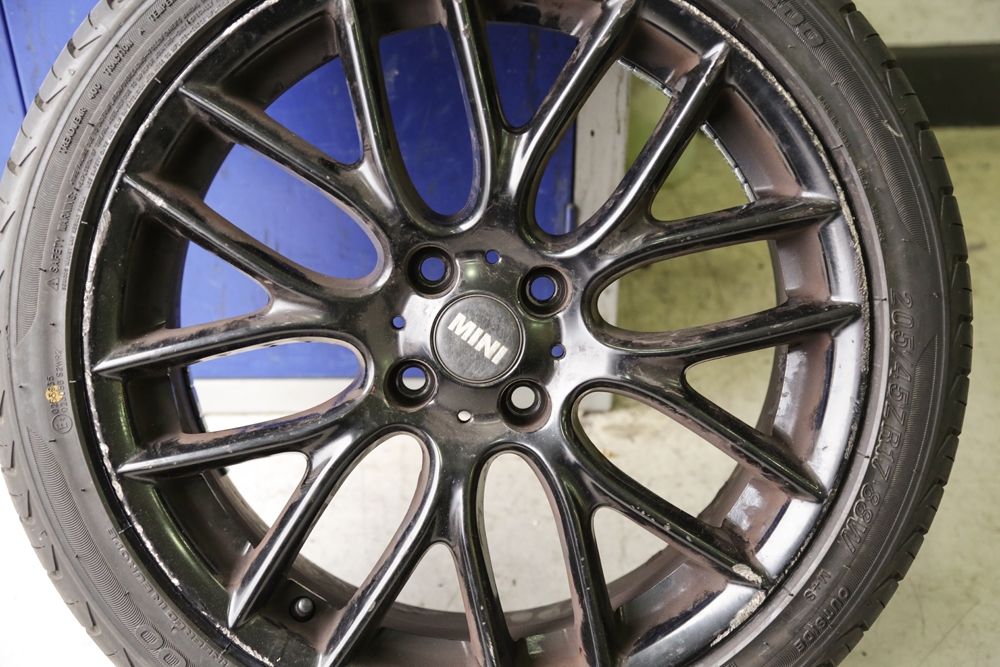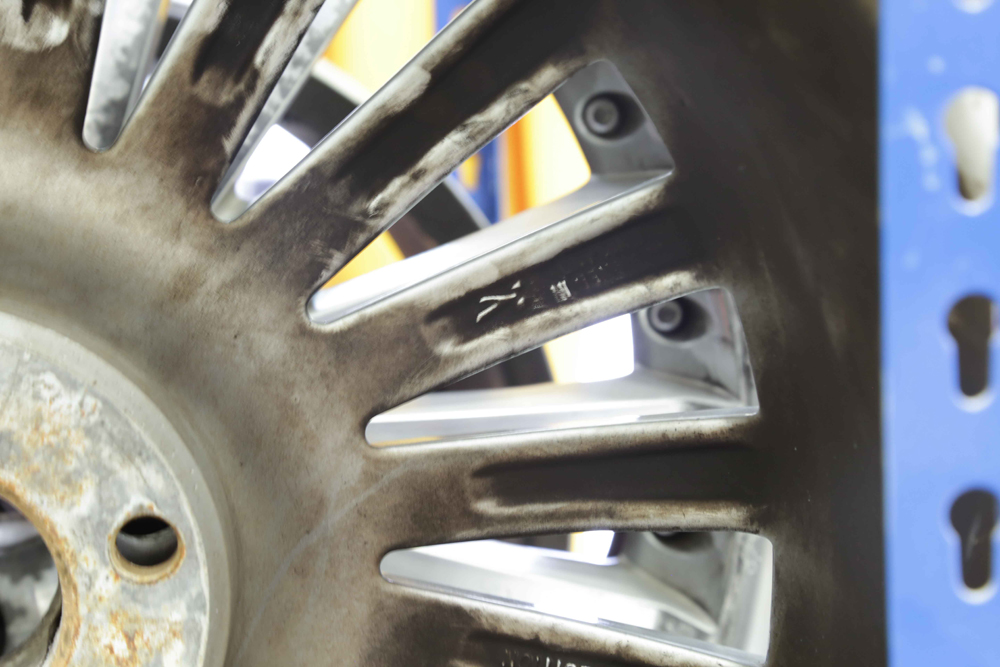 Winter is on its way, and the harsher weather conditions mean that it’s time to step up your wheel cleaning regime to ensure your alloys stay pristine through the coming cold months.
Winter is on its way, and the harsher weather conditions mean that it’s time to step up your wheel cleaning regime to ensure your alloys stay pristine through the coming cold months.
To help you, we’re publishing a series of blogs outlining how to get the most from your cleaning process, including a series of easy – and affordable! – steps that are perfect for those who are just learning how to care for alloys for the first time.
In this blog we talk about brake dust – the scourge of alloys everywhere! – and what you can do to protect your wheels before winter sets in.
 Brake dust is something that affects all alloy wheels, regardless of their shape and size. It is the product of the friction between the brake disks and brake pads – friction which produces dust that flies off and sticks to your rims. Because the dust is corrosive, ugly and difficult to remove, brake dust is best tackled as soon as it’s spotted.
Brake dust is something that affects all alloy wheels, regardless of their shape and size. It is the product of the friction between the brake disks and brake pads – friction which produces dust that flies off and sticks to your rims. Because the dust is corrosive, ugly and difficult to remove, brake dust is best tackled as soon as it’s spotted.
Unlike normal dust, removing it takes quite a bit of effort – because the dust is actually a mixture of carbon fibre, metal and glue that is heated to a very high temperature. Because of this, it sticks hard to your rims and starts corroding the protective coatings instantly, a process that only increases as time goes by because the metal filings oxidise and initiate a process of galvanic corrosion. To cut a long story short, left unchecked brake dust can actually compromise the structural integrity of your rim.
Fortunately, there are three common methods of controlling brake dust. These are:
- Fit low dust brake pads to your car.
There are a variety of aftermarket options available here – simply look for ones with Kevlar-based compounds or high metal content compounds. Ask for advice if you’re not sure.
- Fit dust shields to your rims.
These are pretty much what it says on the tin – shields that hide the rim from the brake calipers, while not getting in the way of ventilation. Please note that these aren’t suitable for high performance cars, and many people don’t like the way they look.
- Stick to a proper wheel care regime.
This is the best way to keep your alloys in tip-top condition, and we’ll bring you washing and care tips in our coming blogs.


 Follow
Follow